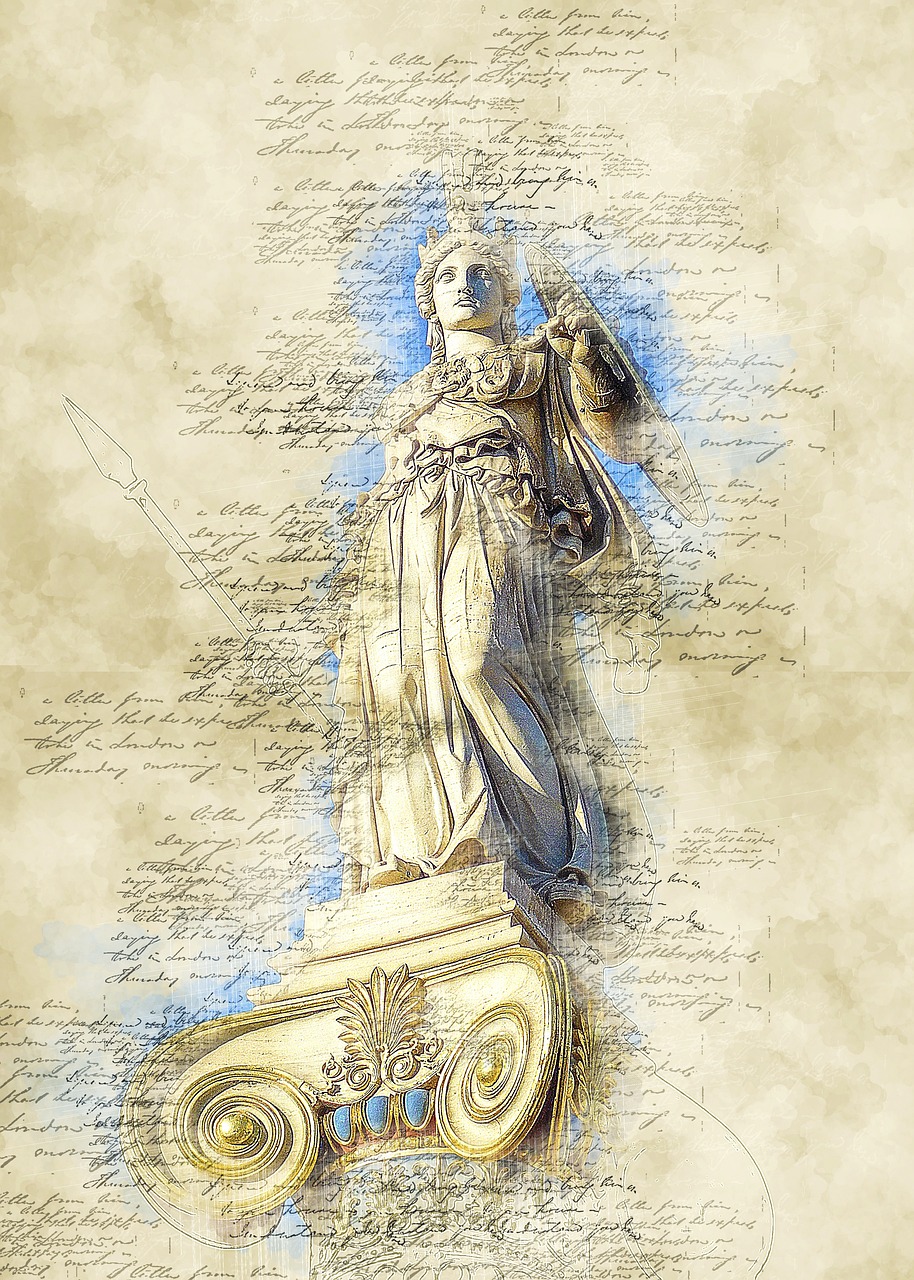Minerva: The Goddess of Wisdom and Craftsmanship
Minerva embodies the divine nature of skilled thought and action, encompassing wisdom, craftsmanship, and strategy. Suitable tributes to this Goddess typically include olives, offerings of silver, intricate needlework, and virtually any artwork showcasing exemplary skill and craftsmanship. It’s also likely that offerings of incense, if not milk, would be appropriate as well.
The Divine Goddess of Craftsmanship
Minerva represents the divine spirit underlying industriousness and skill. The historical accounts, such as those by Caesar, illuminate her as the benefactor of the arts and crafts, making her the patroness of various trades, including carpentry, painting, sculpture, education, healthcare, shoemaking, and textiles. Propertius regards her as the Goddess of the chaste arts, while Cicero, Tibullus, and Horace highlight her virgin aspect, with Horace emphasizing her industrious nature. Moreover, Ovid notes her martial significance, positioning her as a warrior goddess who is closely associated with strategy and the practice of warfare, distinct from Mars, who embodies the brutal side of conflict. Iconographically, Minerva is often recognized by her helmet, symbolizing her martial inclination and strategic prowess, essential for achieving victory in any war.
Minerva’s Role as Protector of Rome
Cicero, in his “Treatise on the Laws,” depicts Minerva as Rome’s guardian deity, vital for a civilized society. Her essence of skill and thoughtful work was paramount during Rome’s golden age, anchoring her as a leading divine figure alongside Jupiter and Juno in the Capitoline Triad. Their temple was an epicenter for significant public ceremonies and the concluding rites performed by victorious generals. The reverence for the Capitoline Triad burgeoned beyond Rome, inspiring similar structures throughout the empire.
Jupiter offered safety and wealth, while Juno safeguarded societal continuity, while Minerva stood as the protectress of civilized life and peace, symbolized through the olive branch she represents. The Palladium, an emblematic statue of Minerva acquired during the Trojan War, is mythically believed to safeguard the city of Rome, lending credence to her protective role. Following the pagan temple desecrations in the 390s, it remains uncertain if the Palladium was lost or destroyed, coinciding with Rome’s eventual fall in 410 CE.
Healing Aspects of Minerva
Minerva is also associated with healing, with Cicero suggesting her as mother to Apollo, the god of healing. Ovid further portrays her in a nurturing role towards Ericthonius, an early king of Athens. Additionally, the skilled administration of medicine links her to healing arts, leading to her designation as Minerva Medica. Notably, the famed Roman baths in Bath, England, were dedicated to Sulis Minerva, further emphasizing her healing attributes.
Celebrating Minerva: Festivals in Ancient Rome
The Quinquatria, held from March 19th to 22nd, celebrated Minerva’s temple on the Aventine and ignited vibrant festivities including sacrifices and competitions. Featured artisans—spinners, weavers, fullers, dyers, and instructors—would partake in various joyful expressions, with women crafting tributes to honor Minerva. Ovid’s accounts detail the nature of the festivity, where the first day was marked by a bloodless celebration since it was believed Minerva was born on that day.
Since Minerva is associated with learning and skill, schoolmasters who received blessings from her were celebrated, even granting students a brief holiday. The festival also culminated in horse racing and gymnastics to honor the Capitoline Games—the ludi Romani—most known during Augustus’s reign.
Modern Reflections of Minerva’s Influence
In contemporary times, the essence of Minerva can be seen in the ambitious, hard-working individuals who channel her characteristics. Take, for instance, a remarkable woman admired for her intellect and strength at work; her interaction in discussions reflects the boldness and confidence that echoes Minerva’s spirit. Her interests often veer towards history, particularly that of military leaders such as Alexander the Great, demonstrating her connection to Minerva’s patronage over wisdom and strategy.
Conclusion
Minerva encompasses:
- Skilled professions such as education, healthcare, and artistry.
- Craftsmanship across various domains.
- Visual arts including painting and sculpting.
- Industrious nature and diligent work ethics.
- Intellect and wisdom in strategizing actions.
- Agricultural aspects, particularly her symbolism with olives.
As a timeless figure, Minerva remains a beacon of knowledge and creativity, representing the essence of a flourishing civilized life through skilled industriousness. Her legacy continues in the form of the arts and intellectual pursuits in modern societies.



